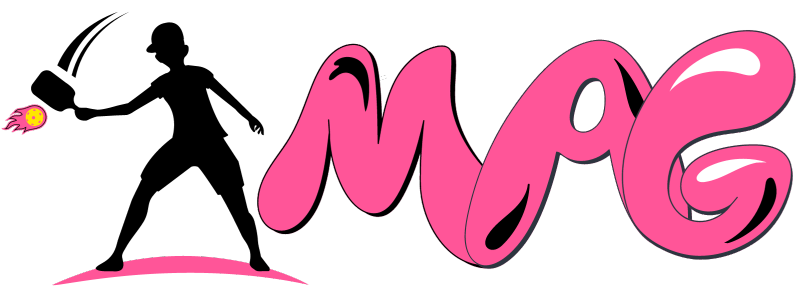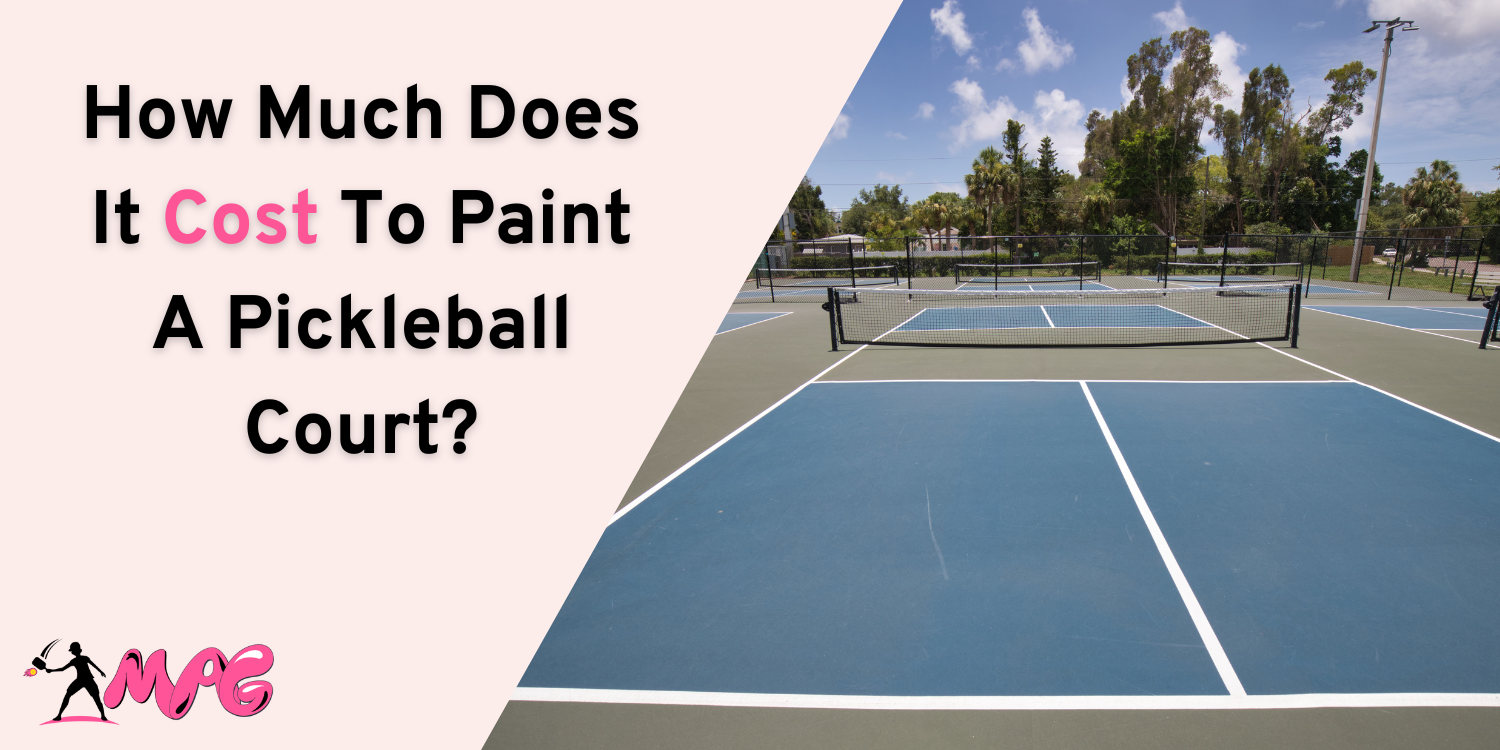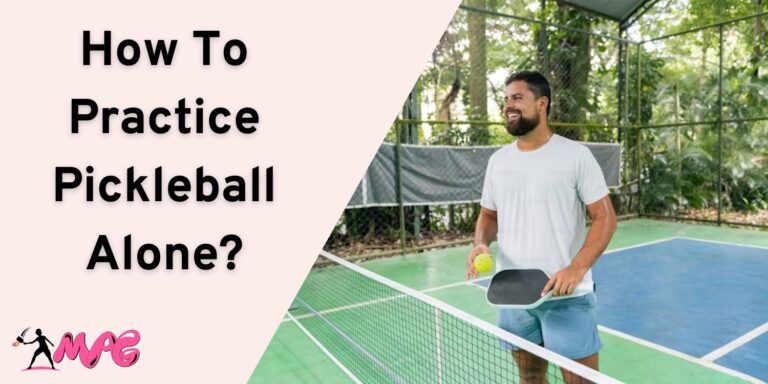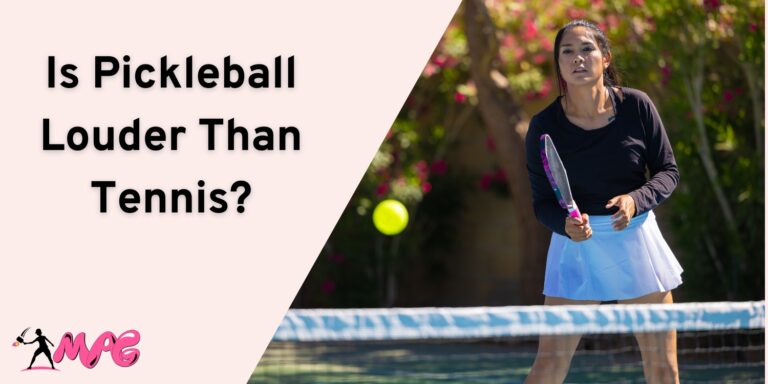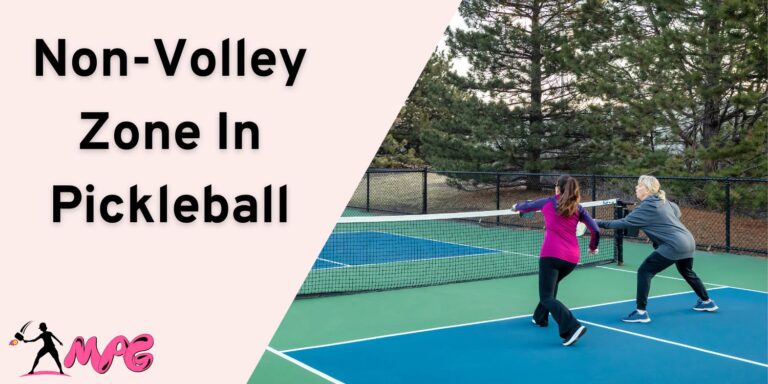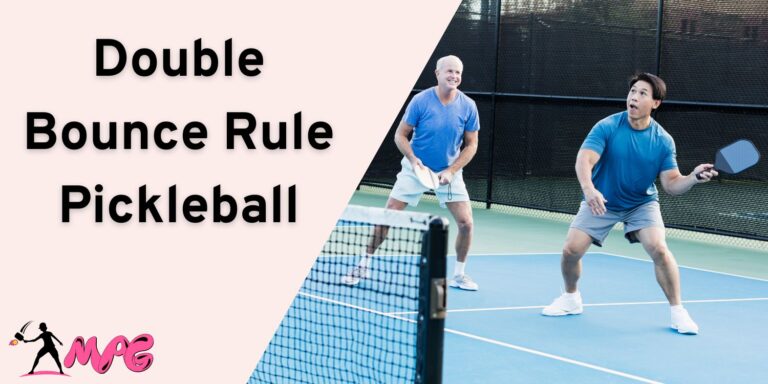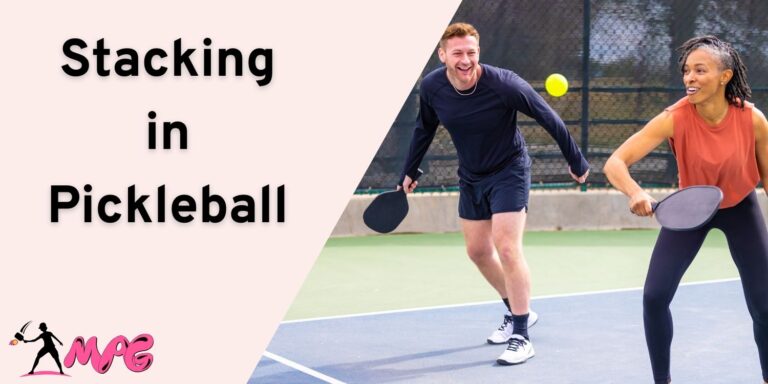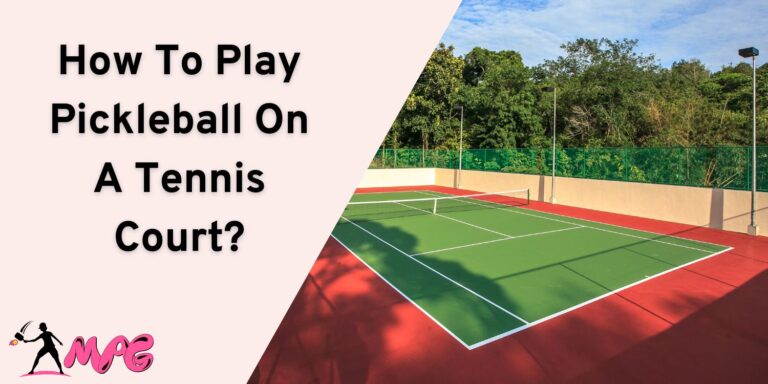How Much Does It Cost To Paint A Pickleball Court?
Have you ever seen a pickleball court getting painted? It’s no doubt a mesmerizing spectacle that feels similar to a canvas painted by Picasso since it’s filled with highly contrasting colors.
However, as satisfying as it feels to take a look at it while the concrete is being painted with acrylic colors, the thought of it costing an arm and leg is imminent considering how much effort, proficiency, and accuracy it requires for an individual to go through.
To save you the hassle for you to figure out all of it by yourself, I have done all the homework in this article on how much it costs to paint a pickleball court, so I would recommend that you hold onto your calculator because we are going for a wild ride.
Pickleball Court Painting Cost Breakdown
There are plenty of factors you need to take into account, however, the first one being the pivotal is the surface area you are going to cover.
1. Pickleball Court Surface Area
It goes without saying that even if you are on a budget, you shouldn’t overlook the official pickleball dimensions because violating the physical surface area for a court whenever you are painting different zones basically removes the essence of fair play and sportsmanship.
On the flip side, a court without proper zones such as NVZ or baseline cannot be considered an official “Pickleball court”, henceforth, you need to follow the rules by the book. Fortunately, following them isn’t that hard, considering all you have to do is choose a concrete or asphalt area which is around 880 square feet or 20 by 44 feet.
Keep in mind that regardless of the format you play i.e. Single or doubles, the overall dimensions of the pickleball court will remain the same, 20 by 44 feet.
2. Choosing the Right Paint
If you have reached this point of the article, you might be wondering, why do I have to choose the “type” of paint, is there even a difference? Well, to your surprise, you would be appalled to know that there is more than one type of paint used for Pickleball court, in fact, the variations are subdivided into three types, each having their own pros and cons.
These Subdivisions are as follows:
- Polyurethane Paint ( Expensive Option)
My personal favorite due to the whole host of features it offers such as resistivity to UV rays as well as the ability to withstand temperature change to a great extent. The best part is that polyurethane can also survive the scorching heat and doesn’t crack under direct sunlight, giving it quite an edge over the latter option mentioned in the list.
To top it off, Polyurethane paint also happens to have a slick and glossy outlook, so wiping it off with a wet wiping rag could make it squeaky clean from all the dust, and loose debris in a matter of seconds.
If you want to paint your court for tournament settings, make sure you opt out for Polyurethane paint because not only does it have amazing finishing aftereffects but it also lasts quite a bit longer making your investment well worth the money.
However, keep in mind that not all the glitters are gold here, as using polyurethane might not be a cost-effective approach since a gallon of this distinctive paint costs way above 100 dollars at the very least.
- Epoxy Paint ( Cost Effective Option )
Before the advent of Polyurethane, sports court developers used to utilize Epoxy paint due to its ability to have moderate levels of weather shielding as well as withstanding all sorts of wear and tear even after years of sessions.
Epoxy paints are also extremely effective against water droplet accumulation on the court due to the durable components used in their formula and have way more integrity when compared to regular paint.
On the flip side, they have higher compatibility with asphalt and concrete and don’t really wear out or suffer from bubbling under humid or cold conditions, making it quite an amazing option since a gallon only costs around 70-100 dollars at maximum.
- Acrylic Paint ( Budget Friendly Pick)
Acrylic paint is the most commonly sought out option in public courts due to it being extremely budget-friendly as a gallon won’t exceed 50 dollars if you reach over a decent brand. Due to the silica-based compound used in it, it highly enhances the surface grip and exponentially benefits players in maneuvering because they don’t have to worry about slipping on the court even if it’s raining.
Due to their thinner texture when compared to Epoxy and polyurethane, they might crack eventually after years of use, nevertheless, they provide excellent value for money if used in regions that do not suffer from extreme weather conditions.
3. Venue Cost
Venue cost is extremely subjective and depends on the type of location you may choose for your Pickleball court. If it requires construction from the ground up and needs asphalt or concrete filling you will be extra, but then again that’s trivial if you are simply concerned about the paint cost.
If you are using paint in a public area, you will be required to acquire a permit from the municipal or building department in your region. Acquiring permits will definitely cost you depending on the location.
4. Labor Cost
Lastly, you need to determine the cost of labor you will be charged by a professional you will be hiring. Although you could easily paint your own court if you have the courage and the knowledge to do it all by yourself, I would highly recommend otherwise because hiring a professional labor would save you quite a headache in the long run considering the fact they have all the appropriate tools and the stencils to do the job efficiently.
Nonetheless, expect anywhere around 2000-3000 dollars but then again it all boils down to your negotiation skills and the minimum wage of the region where you live.
Bottom Line
Although it is safe for me to conclude that you wouldn’t have any confusion about the costs to paint a pickleball court, I would still advise you to consult a professional before investing in the type of paint based on your preferences.
A licensed pickleball court developer would give you the best possible paint preference for the surface you want to paint, saving you some money and even preventing blunders down the line.
With that being, feel free to comment below if you have any other queries in your mind.
